Music Of Woody Allen Films – an irregular feature about the musical compositions that have helped to make Allen’s films sing.
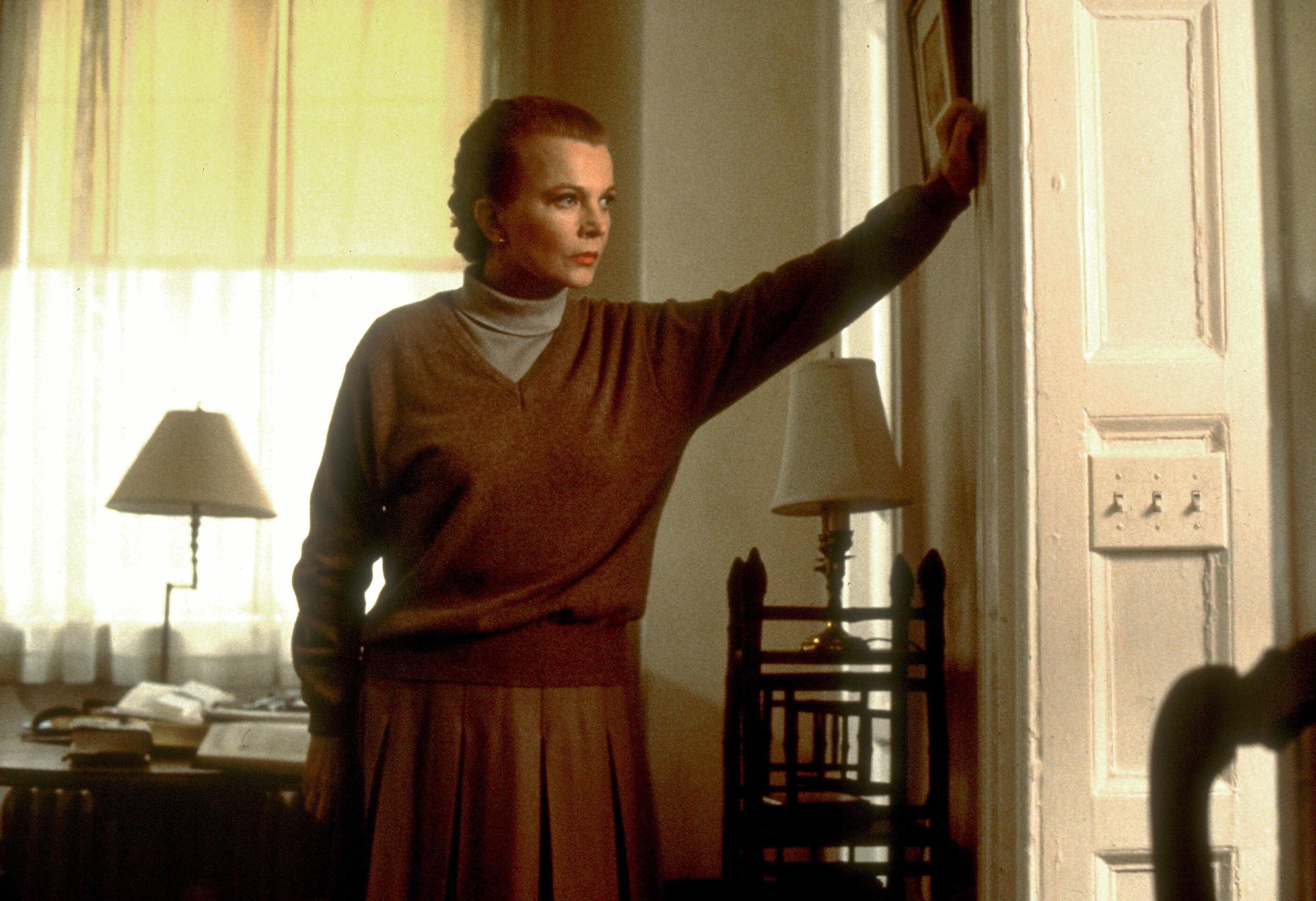
Woody Allen is so reliant on American jazz in his films, when he moves away from it, it always feels like a big change. But in the late 80s, Allen was desperate for change, from his comedy roots. With 1988’s Another Woman, Allen made his most personal effort to change his image to audiences. And he opened the film with the work of the French avant-garde – Gymnopédies No. 1 by Erik Satie.
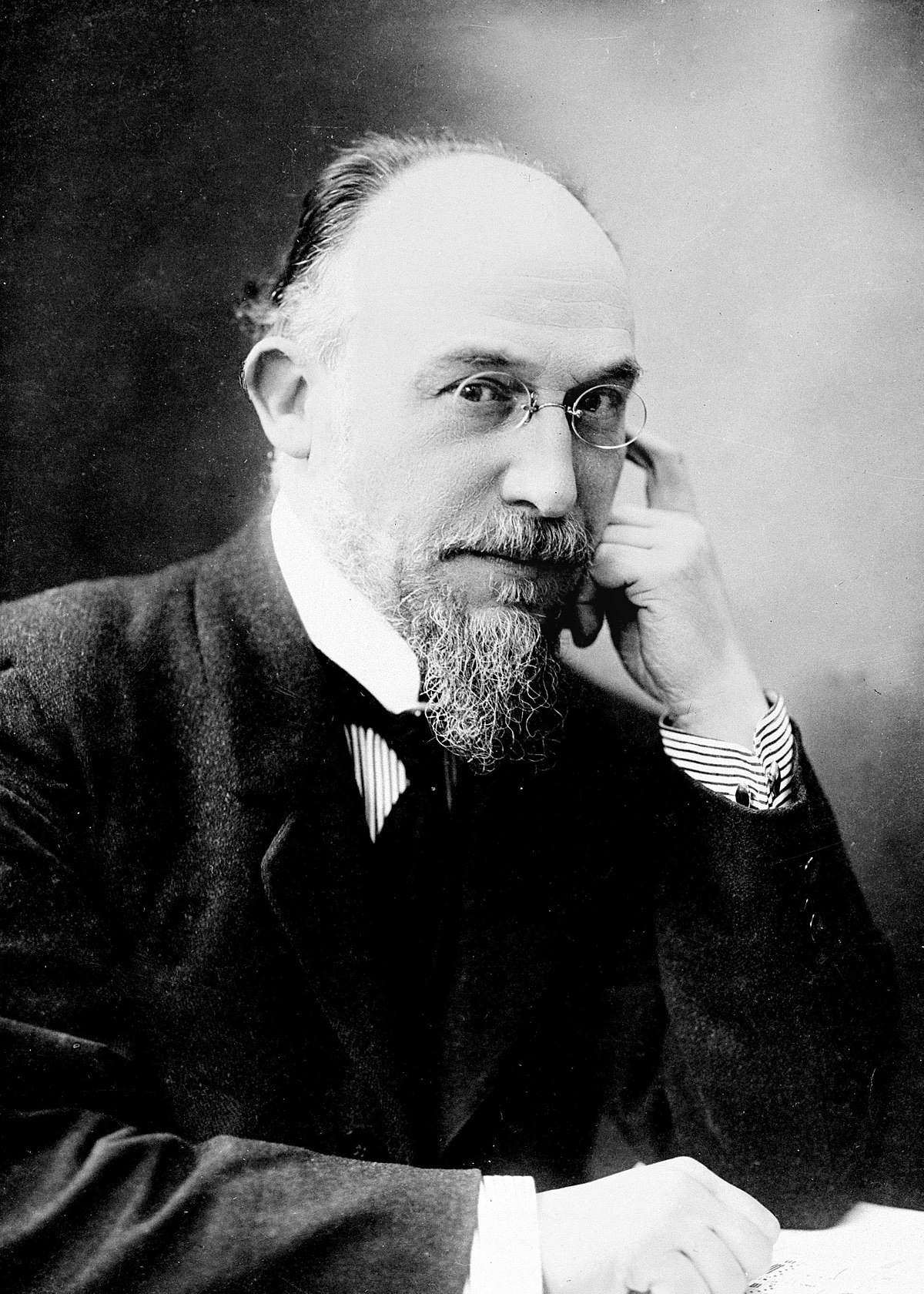
Erik Satie is definitely not American Jazz. He was a French avant-garde composer, born in 1866, and lived in the time that Allen’s characters would travel to in Midnight In Paris – where music, literature, art and culture were all thriving. Although in his early years he was a failure. Having tried performing piano and going to music schools, he found that perhaps he could earn a living writing for others. The Gymnopédies were his first major works.
That unusual title refers an Ancient Greek dancing ceremony. Although it is unknown if Satie really took that meaning for his title, and if he just simply liked the word as it sounded like a musical term. Satie was an eccentric to say the least – he wore the same clothes for most of his life, he lived in the same apartment, and had crazy habits like only eating white foods (apparently). There are so many weird and wonderful stories.
Musically, at this time, Satie stripped it all back. Unusually minimal, and rigidly structured, Gymnopédies was a haunting, unusual work – even to this day. Every note counts, and the stillness and the space are part of what makes the music. He was looking for what he called a “New Simplicity”. Seeing the sheet music for Gymnopédies, it is easy to see the piece as mathematical and ordered. It was also free from previous conventions of romantic music. Like it’s title, it was something new.
That stillness is reflected in Marion Post, the lead character in Another Woman, played by the incredible Gena Rowlands. In a far cry from the zany Chaplin-esque characters that led Allen’s comedies, Post was an intensely quiet, intensely private person, on her way to a breakdown. She has pushed away her loved ones for a life of rigid stillness. And Gymnopédies is her theme, used in several important moments in the film.
For many years, Allen has said the character that most reflects him in all his films is Marion Post. In her, he put all his anxieties of getting older (and specifically turning 50), his family, having children, and more. And it’s easy to see Marion in Allen, in particular Allen at the time.
By the late 80s, Allen was at his most reclusive, and eccentric. He had given up interviews, appearing in his films, or making any concessions at all. He was starting to abuse his full creative control – reshooting, recasting and rewriting films at a whim, in the middle of production, costs be damned (up to a third of Another Woman was finished in reshoots). His life was rigid schedule, working with the same people, eating at the same places – and getting smaller.
It is the dichotomy of Allen’s work that it veers from loose and freewheeling (like his much loved New Orleans jazz) to minimal and avant-garde (like this, and his future work with Phillip Glass). That tension between wild comedies and cold dramas that define Allen’s career. It is also roughly reflected in Allen’s American tastes (Bob Hope, etc) and his European (Ingmar Bergman, etc).
Who knows what Satie would make of Gymnopédies today, which is used as new aged relaxation music (thanks to more than a century of watered down imitators). He would go on to make much more daring and experimental work. It’s really a shame that Gil did not bump into Satie as well with Gertrude Stein in Midnight In Paris. His story, and his personality, is a biopic in the waiting. Gymnopédies would be only the first act.
One other connection between Satie and Allen. In Everyone Says I Love You, Allen’s character rents an apartment pretty much across from the place where Satie’s famous flat in Montmartre, where he live for most of his life, alone and with no. I store ever.
There are a million versions of this piece. In film, along with Another Woman, there is a great use of Gymnopédies in the wonderful film Mississippi Grind. Well worth checking out.
Read the entire series on the Music Of Woody Allen Films.

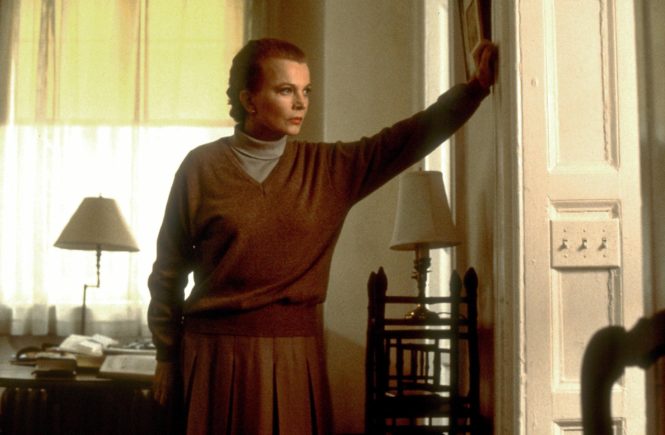
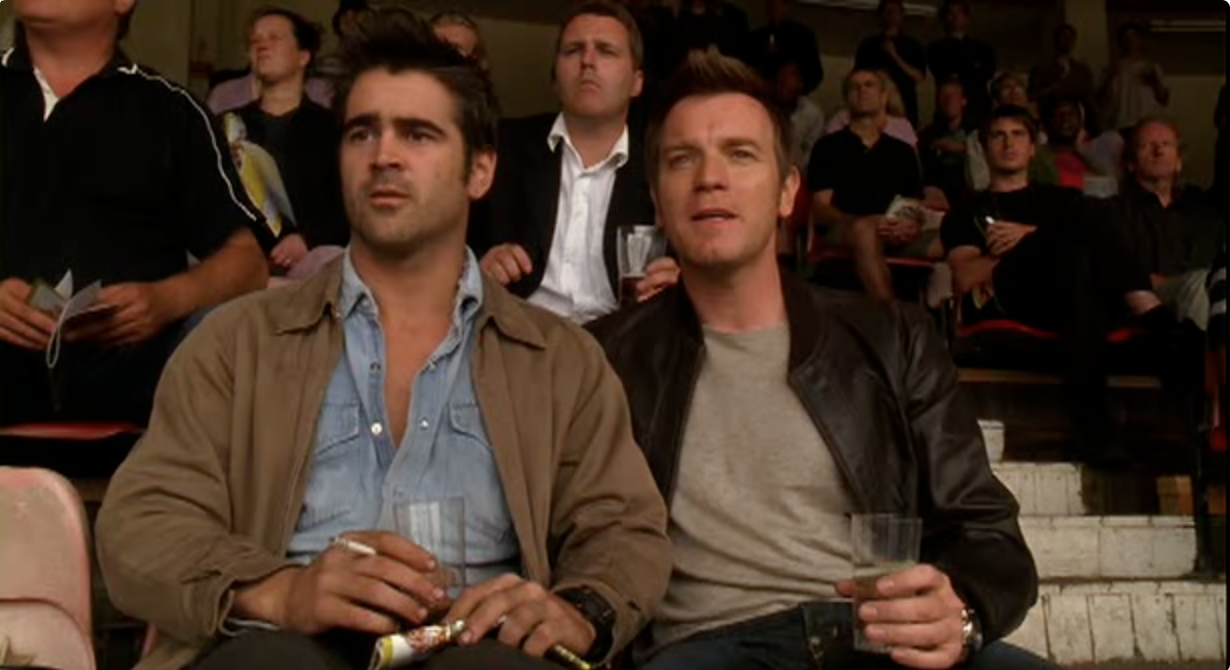
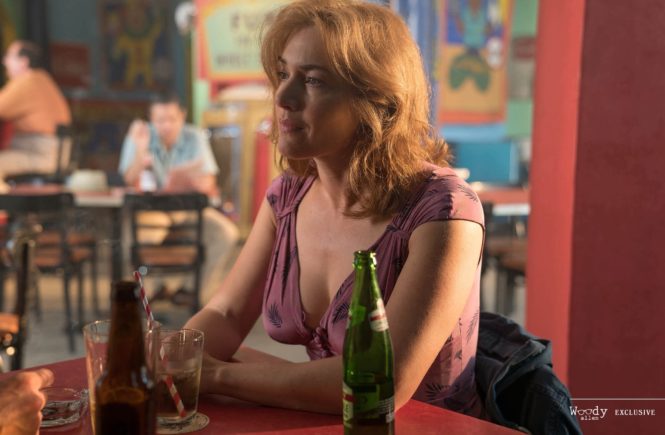


1 Comment
This is a great post. In my opinion, the most effective way to increase the intensity and seriousness of a film is to have the piano accompanied by very few instruments, or best, just a solo piano. Its as if the solo piano, being played by itself, isolated, with no other instruments reflects the loneliness and isolation of the character as well. Like no other instrument, the solo piano really compels the listener to take an introspective examination of their own quandary. I’m a big Dudley Moore fan. We lost that guy way too soon. He was a remarkable pianist and I always hoped he would work with Woody one day. Dudley sure could “tickle the ivories.”
GO WOODY!!!!